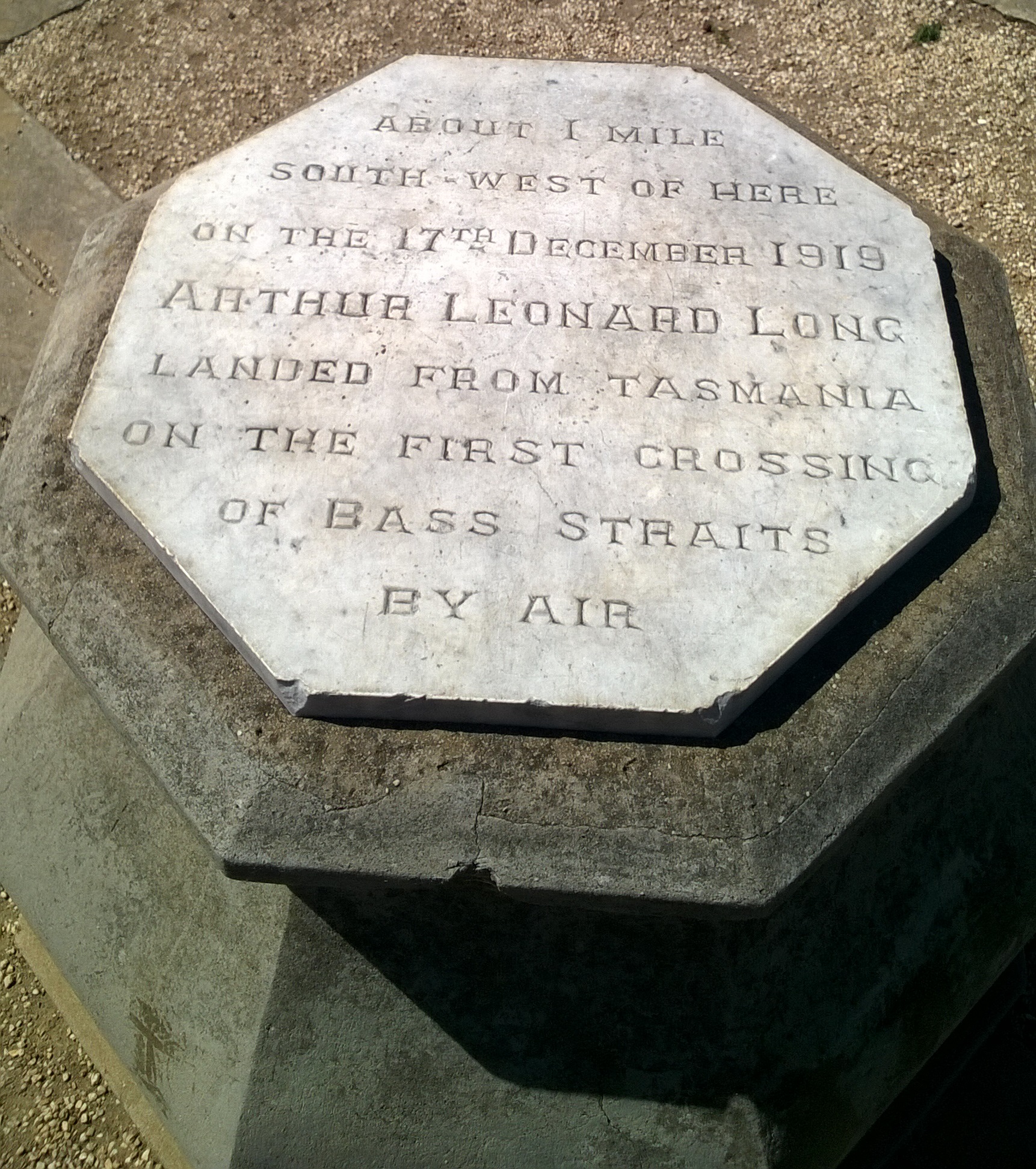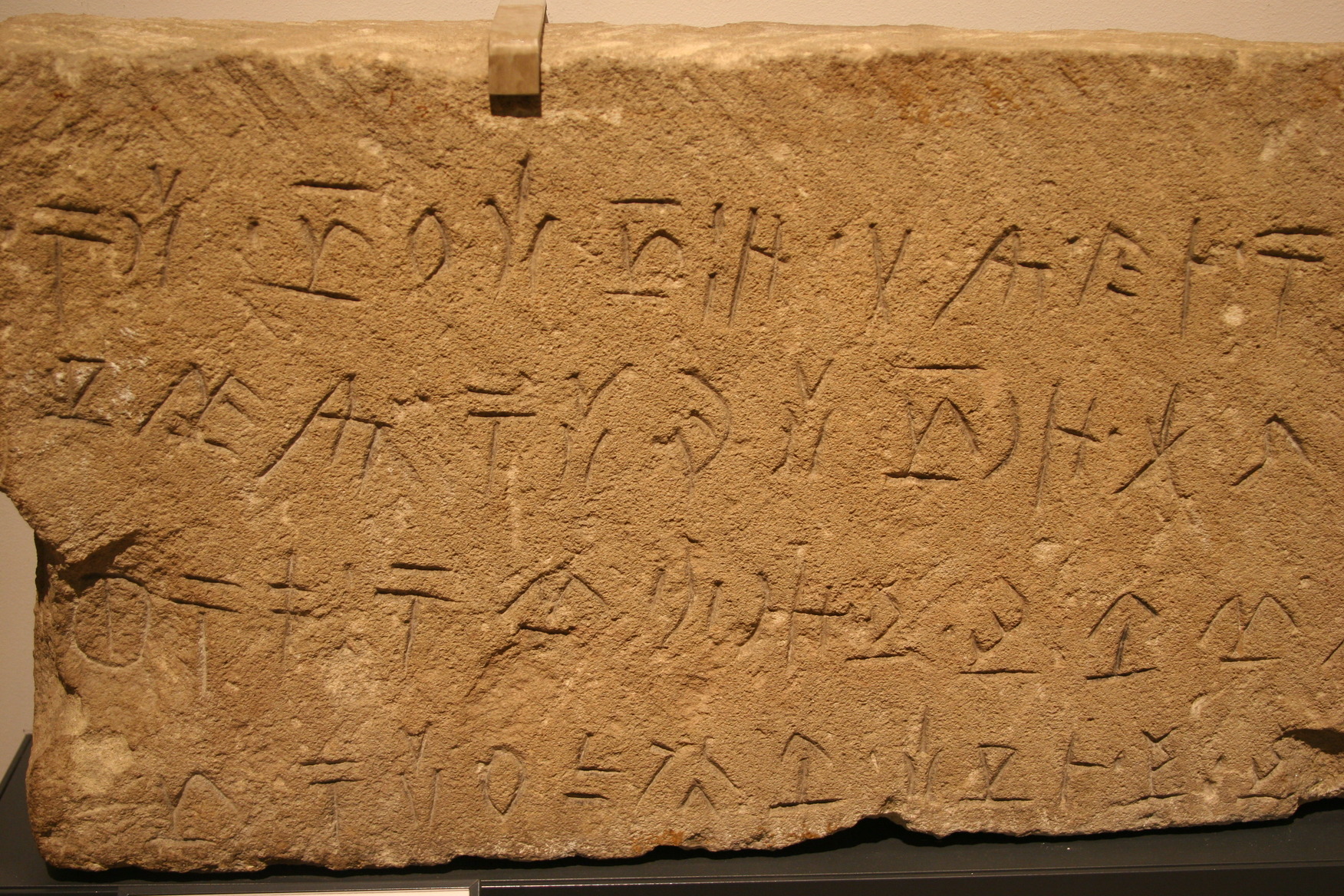|
Gippsland Languages
The Gippsland languages are a family of Pama–Nyungan languages of Australia.Bowern, Claire. 2011.How Many Languages Were Spoken in Australia?, ''Anggarrgoon: Australian languages on the web'', December 23, 2011correctedFebruary 6, 2012) They were spoken in the Gippsland region, the southernmost part of mainland Australia, on the Bass Strait. There are three rather distant branches; these are often considered single languages, though the dialects of Gaanay are sometimes counted separately: *Gippsland ** Gaanay (Kurnai) ***Muk-thang ***Nulit ***Thangquai *** Bidhawal **Dhudhuroa ** Pallanganmiddang All but Kurnai are now extinct. The Gippsland languages, especially Gaanay, have phonotactics that are unusual for mainland Australian languages, but characteristic of Tasmanian languages The Tasmanian languages were the languages indigenous to the island of Tasmania, used by Aboriginal Tasmanians. The languages were last used for daily communication in the 1830s, although the ... [...More Info...] [...Related Items...] OR: [Wikipedia] [Google] [Baidu] |
Gippsland
Gippsland () is a rural region in the southeastern part of Victoria, Australia, mostly comprising the coastal plains south of the Victorian Alps (the southernmost section of the Great Dividing Range). It covers an elongated area of east of the Shire of Cardinia (Melbourne's outermost southeastern suburbs) between Dandenong Ranges and Mornington Peninsula, and is bounded to the north by the mountain ranges and plateaus/highlands of the High Country (which separate it from Hume region in Victoria's northeast), to the southwest by the Western Port Bay, to the south and east by the Bass Strait and the Tasman Sea, and to the east and northeast by the Black–Allan Line (the easternmost section of the Victoria/New South Wales state border). Gippsland is divided by the Strzelecki Ranges and tributaries of the Gippsland Lakes into West Gippsland, South Gippsland, Latrobe Valley, Central Gippsland and East Gippsland. At the 2016 Australian census, Gippsland had a popula ... [...More Info...] [...Related Items...] OR: [Wikipedia] [Google] [Baidu] |
New South Wales
New South Wales (commonly abbreviated as NSW) is a States and territories of Australia, state on the Eastern states of Australia, east coast of :Australia. It borders Queensland to the north, Victoria (state), Victoria to the south, and South Australia to the west. Its coast borders the Coral Sea, Coral and Tasman Seas to the east. The Australian Capital Territory and Jervis Bay Territory are Enclave and exclave, enclaves within the state. New South Wales' state capital is Sydney, which is also Australia's most populous city. , the population of New South Wales was over 8.3 million, making it Australia's most populous state. Almost two-thirds of the state's population, 5.3 million, live in the Greater Sydney area. The Colony of New South Wales was founded as a British penal colony in 1788. It originally comprised more than half of the Australian mainland with its Western Australia border, western boundary set at 129th meridian east in 1825. The colony then also includ ... [...More Info...] [...Related Items...] OR: [Wikipedia] [Google] [Baidu] |
Pama–Nyungan Languages
The Pama–Nyungan languages () are the most widespread language family, family of Australian Aboriginal languages, containing 306 out of 400 Aboriginal languages in Australia. The name "Pama–Nyungan" is a merism: it is derived from the two end-points of the range, the Pama languages of northeast Australia (where the word for 'man' is ) and the Nyungan languages of southwest Australia (where the word for 'man' is ). The other language families indigenous to the continent of Australia are often referred to, by exclusion, as non-Pama–Nyungan languages, though this is not a taxonomic term. The Pama–Nyungan family accounts for most of the geographic spread, most of the Aboriginal population, and the greatest number of languages. Most of the Pama–Nyungan languages are spoken by small ethnic groups of hundreds of speakers or fewer. Many languages have become extinct, and almost all remaining ones are endangered in some way. Only in the central inland portions of the continent ... [...More Info...] [...Related Items...] OR: [Wikipedia] [Google] [Baidu] |
Gunai Language
The Gunaikurnai or Gunai/Kurnai ( ) language, also spelt Gunnai, Kurnai, Ganai, Gaanay, or Kurnay ) is an Australian Aboriginal dialect cluster of the Gunaikurnai people in Gippsland in south-east Victoria. Bidawal was either a divergent dialect or a closely related language. Varieties means 'man'. The language had no traditional name, but each of its dialects was referred to separately. In a 1996 report to the Victorian Aboriginal Corporation for Languages, Clark refers to five Gunaikurnai dialects: ''Brabralung'', ''Braiakalung'', ''Brataualung'', ''Krauatungalung'' and ''Tatungalung''. * ( = man, = belonging to) located in central Gippsland. * ( = Man, = west, = belonging to) located around Sale through to the mountains. * (men belonging to this place which have fire; = men, or = fire, = belonging to) located in South Gippsland. * ( = east, = belonging to) located eastwards to the Snowy River. * ( = sea, = belonging to) located in the coast area ... [...More Info...] [...Related Items...] OR: [Wikipedia] [Google] [Baidu] |
Dhudhuroa Language
Dhudhuroa is an extinct Australian Aboriginal language of north-eastern Victoria. As it is no longer spoken, Dhudhuroa is primarily known today from written material collected by R. H. Mathews from Neddy Wheeler. It has gone by numerous names, including Dhudhuroa, the Victorian Alpine language, Dyinningmiddhang, Djilamatang, Theddora, Theddoramittung, Balangamida, and Tharamirttong. Yaitmathang (Jaitmathang), or Jandangara (Gundanora), was spoken in the same area, but was a dialect of Ngarigu. Dhudhuroa language is currently undergoing a revival, and is being taught at Bright Secondary College and Wooragee Primary School. Phonology Consonants Blake and Reid (2002) suggest that there were possibly two retroflex consonants, but there is not enough evidence for them. Vowels Grammar Nouns are inflected for number, gender and case. There are three numbers, the singular, dual and plural. References Sources * * Further reading Bibliography of Dhuduroa people ... [...More Info...] [...Related Items...] OR: [Wikipedia] [Google] [Baidu] |
Pallanganmiddang Language
Pallanganmiddang (Waywurru, Waveroo) is an extinct, poorly-attested Aboriginal language of the Upper Murray region of the northeast of Victoria, that was spoken by the Pallanganmiddang people. Name Many tribe and language names in the area end in a suffix variously spelt , , , , and ; this suffix may have an etymological association with "speech" or "tongue" (compare Western Australian language Kalaamaya's "tongue", likely a cognate), and, in Pallanganmiddang's case, seems to denote an ethnonym. Pallanganmiddang has been alternatively known as Balangamida, Pallangahmiddang, Pal-ler an mitter, Wavaroo, Wave Veroo, Waveroo, Wayyourong, Wayyouroo, Wayerroo, Waywurru, Weeerroo and Weeherroo. Classification Although it was a Pama-Nyungan language, Pallanganmiddang was likely quite distinct from its neighbouring languages, such as Dhudhuroa, Yorta Yorta and Wiradjuri; its percentage of shared vocabulary with its neighbours is very low. The only exception is a purported la ... [...More Info...] [...Related Items...] OR: [Wikipedia] [Google] [Baidu] |
Australia
Australia, officially the Commonwealth of Australia, is a country comprising mainland Australia, the mainland of the Australia (continent), Australian continent, the island of Tasmania and list of islands of Australia, numerous smaller islands. It has a total area of , making it the list of countries and dependencies by area, sixth-largest country in the world and the largest in Oceania. Australia is the world's flattest and driest inhabited continent. It is a megadiverse countries, megadiverse country, and its size gives it a wide variety of landscapes and Climate of Australia, climates including deserts of Australia, deserts in the Outback, interior and forests of Australia, tropical rainforests along the Eastern states of Australia, coast. The ancestors of Aboriginal Australians began arriving from south-east Asia 50,000 to 65,000 years ago, during the Last Glacial Period, last glacial period. By the time of British settlement, Aboriginal Australians spoke 250 distinct l ... [...More Info...] [...Related Items...] OR: [Wikipedia] [Google] [Baidu] |
Bass Strait
Bass Strait () is a strait separating the island state of Tasmania from the Mainland Australia, Australian mainland (more specifically the coast of Victoria (Australia), Victoria, with the exception of the land border across Boundary Islet). The strait provides the most direct waterway between the Great Australian Bight and the Tasman Sea, and is also the only maritime route into the economically prominent Port Phillip Bay. Formed 8,000 years ago by rising sea levels at the end of the last glacial period, the strait was named after English explorer and physician George Bass (1771–1803) by History of Australia (1788–1850), European colonists. Extent The International Hydrographic Organization defines the limits of Bass Strait as follows: :''On the west.'' The eastern limit of the Great Australian Bight [being a line from Cape Otway, Australia, to King Island (Tasmania), King Island and thence to Cape Grim, the northwest extreme of Tasmania]. :''On the east.'' The western li ... [...More Info...] [...Related Items...] OR: [Wikipedia] [Google] [Baidu] |
Bidhawal Language
The Bidawal language was an Australian Aboriginal language, either a dialect of or closely related to the Kurnai language, formerly spoken by the Bidhawal. However, it had borrowed a number of words referring to mammals, birds and celestial bodies from Ngarigo, as well as a smaller number of words from Thawa and Dhudhuroa. The Bidawal called their own dialect (or ) ("good speech"), and that of the neighbouring Kurnai . The Kurnai, however, called ''their'' own dialect ''mŭk-dhang'', and that of the Bidawal ''kwai-thang'' ("rough speech"). According to Alfred William Howitt, Bidhawal is a mixture of Kurnai, Ngarigo and Yuin. Phonology Grammar Pronouns Pronouns are inflected In linguistic Morphology (linguistics), morphology, inflection (less commonly, inflexion) is a process of word formation in which a word is modified to express different grammatical category, grammatical categories such as grammatical tense, ... for person, number, and case. There are no g ... [...More Info...] [...Related Items...] OR: [Wikipedia] [Google] [Baidu] |
Extinct Language
An extinct language or dead language is a language with no living native speakers. A dormant language is a dead language that still serves as a symbol of ethnic identity to an ethnic group; these languages are often undergoing a process of revitalisation. Languages that have first-language speakers are known as modern or living languages to contrast them with dead languages, especially in educational contexts. Languages have typically become extinct as a result of the process of cultural assimilation leading to language shift, and the gradual abandonment of a native language in favor of a foreign ''lingua franca''. As of the 2000s, a total of roughly 7,000 natively spoken languages existed worldwide. Most of these are minor languages in danger of extinction; one estimate published in 2004 expected that some 90% of the languages spoken at that time will have become extinct by 2050. Language death Normally the transition from a spoken to an extinct language occurs when a ... [...More Info...] [...Related Items...] OR: [Wikipedia] [Google] [Baidu] |
Tasmanian Languages
The Tasmanian languages were the languages indigenous to the island of Tasmania, used by Aboriginal Tasmanians. The languages were last used for daily communication in the 1830s, although the terminal speaker, Fanny Cochrane Smith, survived until 1905. History of research Tasmanian languages are attested by three dozen word lists, the most extensive being those of Joseph Milligan and George Augustus Robinson. All these show a poor grasp of the sounds of Tasmanian, which appear to have been fairly typical of Australian languages in this parameter. Plomley (1976) presents all the lexical data available to him in 1976. Crowley and Dixon (1981) summarise what little is known of Tasmanian phonology and grammar. Bowern (2012) organises 35 different word lists and attempts to classify them into language families. Fanny Cochrane Smith recorded a series of wax cylinder recordings of Aboriginal songs, the only existing audio recording of a Tasmanian language, though they are of extre ... [...More Info...] [...Related Items...] OR: [Wikipedia] [Google] [Baidu] |





